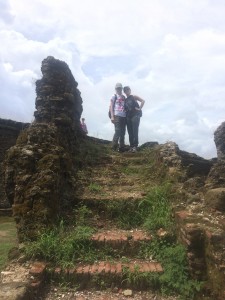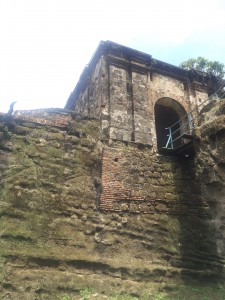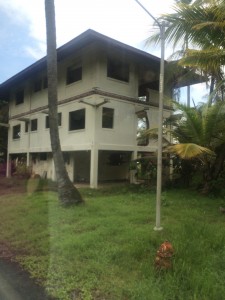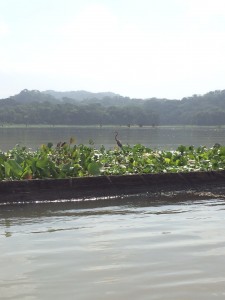Off the northern, Caribbean coast of Panama you can find another one of the many National Parks of this tropical country: Fort San Lorenzo National Park. This consists of some different trails and the ruins of Fort San Lorenzo. The fort was built in the late 16th century because King Phillip II of Spain wanted to have a fortress overlooking the Chagres River (Fort San Lorenzo). The fort helped to ward off hunting pirates looking for booty. The only downfall to this fort was that it was originally made of wood. You see, it rains basically everyday in the tropics so I can only imagine that the wood started rotting and deteriorating. The pirate slaver, Francis Drake, lit it up and burned it down in 1596 (Fort San Lorenzo). However, he didn’t make it long because the jungle is a dangerous place and he ended up dying of tropical diseases, which was a common theme in the explorers back then.
Henry Morgan was the next pirate to take over the fort; but by proxy through Joseph Bradley. After the fort was captured in 1671, Morgan came a week later to take over (Fort San Lorenzo). Captain Morgan pillaged, raped, and looted Panama until he was finally satisfied and then returned to the crumbling San Lorenzo to regroup with his men. Before he left for England he set fire to the fort meaning San Lorenzo was burning down for a second time. He later became infamous for his delicious rum. (Well at least I would like to think he did.)
But have no fear, the Spaniards returned to rebuild this beautiful fort higher and with masonry, no more wooden, rookie mistakes. The fort was attacked, burned and taken over again in 1740 by the British it in 1761 it was renovated and fixed up and is still there today (Fort San Lorenzo)
It is amazing when you take one area and look at all of the history that has gone on. Fort San Lorenzo is a small fort off the coast of the Chagres and it has endured an entertaining history full of piracy, pillaging, greed, and lots of fire.
Panama has been an amazing experience and we all realized at dinner how hard it was to pick one favorite thing we did. It was a jam-packed two weeks and we did so many cool things and I gained a new appreciation for ecology.
A huge thank you has to go to STRI, OSU, OIA, and EEOB for making this possible. Also, thank you Dr. Steve for taking us on this adventure through the jungle and putting up with our banter. Adios Panama.
Her name was Lola…..She was a show girl.
References:
Fort San Lorenzo. Panama Living, 2005. Web. 27 May 2016.







